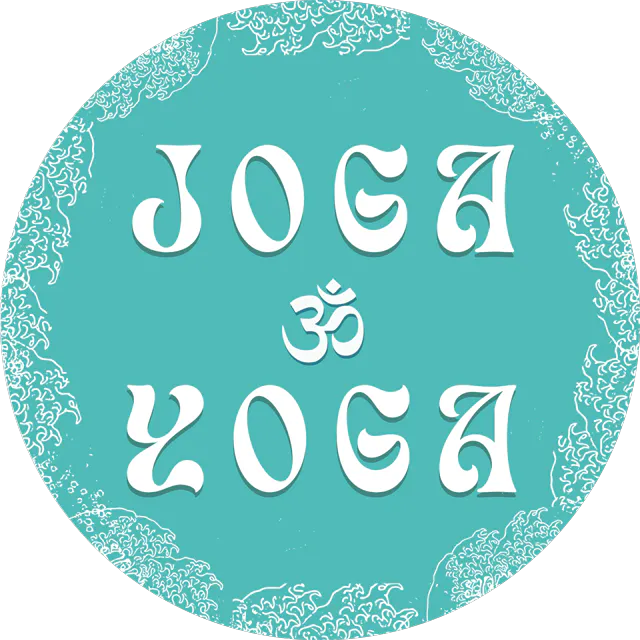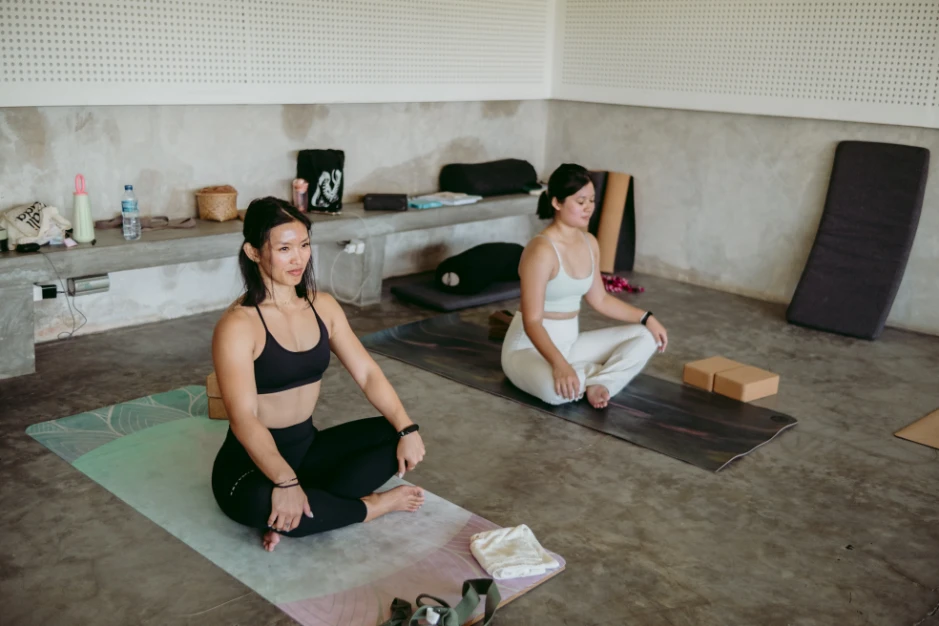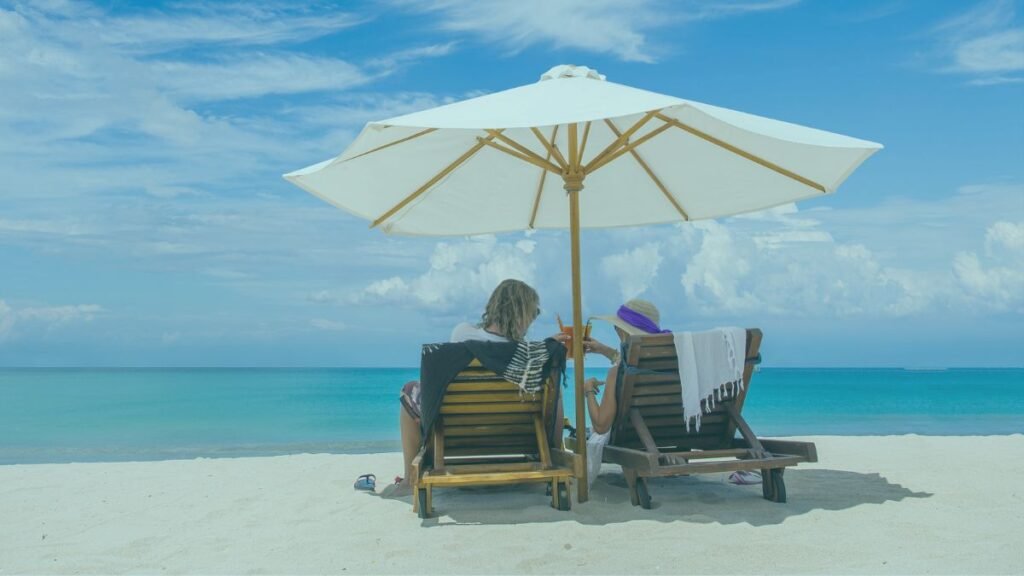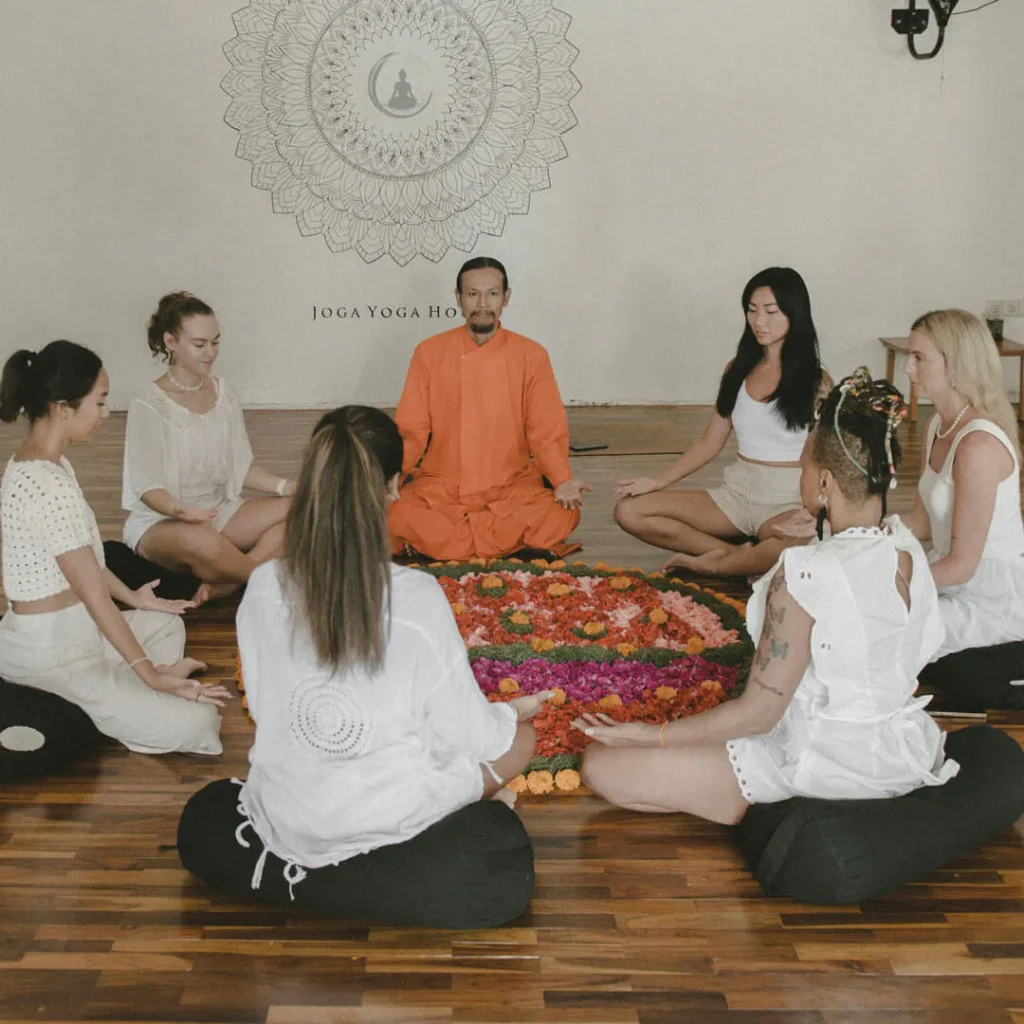Choosing the Best Time to Visit Bali
Bali is a year-round tropical paradise, but choosing the right time to visit can make or break your experience. Whether you’re after sunny beach days, world-class surfing, vibrant festivals, or budget-friendly deals, each season in Bali offers something different.
This guide breaks down Bali’s dry and rainy seasons, month-by-month weather patterns, best times for different activities, and budget-friendly travel periods—helping you decide when to book your dream trip.
Who is This Guide For?
✔️ First-time visitors wondering when Bali has the best weather.
✔️ Surfers looking for the best wave conditions.
✔️ Budget travelers seeking the cheapest time to visit.
✔️ Families planning trips during school holidays.
✔️ Digital nomads looking for a balance between good weather and fewer crowds.
Looking for more than just a vacation? Join a yoga retreat in Bali during the best months for wellness and relaxation!

Bali’s Climate Overview: What You Need to Know Before You Go
Bali has a tropical climate with warm temperatures year-round, but the island experiences two distinct seasons:
- Dry Season (April–September): Sunny days, low humidity, and minimal rainfall—perfect for beach trips, surfing, and sightseeing.
- Wet Season (October–March): Higher humidity with frequent rain showers, but also lush landscapes, fewer crowds, and lower prices.
Despite these broad seasonal patterns, Bali’s climate varies by region due to its diverse geography, from coastal beaches to highland jungles.
✅ Average Temperatures: 26–32°C (79–89°F) year-round
✅ Warmest Months: March, April, October
✅ Coolest Months: July, August (especially in Ubud & North Bali)
✅ Rainiest Months: December, January, February
✅ Best Months for Dry Weather: May, June, September
While Bali doesn’t experience extreme weather events like typhoons or hurricanes, occasional heavy rainfall and flooding can occur in some areas, especially in Ubud, North Bali, and the central highlands.
Seasonal Breakdown: Best & Worst Times to Visit Bali
Bali’s two main seasons—dry and wet—each offer unique advantages depending on what type of experience you’re looking for. Below, we break down the best and worst times to visit Bali, including shoulder seasons for those who want the best of both worlds.
Dry Season (April–September): Best for Beach Trips, Surfing & Festivals
The dry season in Bali is considered the best time to visit for outdoor activities, cultural festivals, and beach lovers. With minimal rainfall, lower humidity, and consistent sunshine, this is peak tourist season.
✅ Best for:
- Beach lovers (Seminyak, Canggu, Nusa Dua)
- Surfers (Uluwatu, Padang Padang, Canggu) – peak swells from June to September
- Hikers (Mount Batur, Munduk Waterfalls) – clear mountain views
- Cultural experiences – Bali Arts Festival (June–July), Galungan & Kuningan Festivals
❌ Downsides:
- Higher prices: Flights and hotels cost more due to peak demand.
- Crowds: Bali’s popular spots (Canggu, Ubud, Seminyak) can feel overcrowded.
- Traffic jams: Expect long travel times between tourist hotspots.
Wet Season (October–March): Lush Landscapes & Fewer Crowds
The wet season is characterized by higher humidity, frequent rain showers, and occasional thunderstorms. However, it’s also low season, meaning cheaper accommodations and fewer tourists.
✅ Best for:
- Budget travelers – accommodation rates drop by 30-50%
- Yoga & wellness retreats (Ubud, Sidemen) – perfect for introspection and relaxation
- Nature lovers – Bali’s waterfalls (Gitgit, Tegenungan) are at their fullest
- Scuba diving (Amed, Tulamben, Menjangan Island) – peak underwater visibility from November to February
❌ Downsides:
- Heavy rainfall (December–February), especially in Ubud, Munduk, and Sidemen
- Occasional flooding in low-lying areas like Denpasar and Kerobokan
- Less predictable surfing conditions (except for East Bali spots like Keramas and Nusa Dua)
Shoulder Seasons: The Sweet Spot (March/April & September/October)
For those looking to avoid peak-season crowds while still enjoying good weather, shoulder seasons are the best time to visit Bali.
✅ Best for:
- Balanced weather: Minimal rain with fewer tourists
- Affordable rates: Hotel prices are lower compared to the high season
- Great for surfing: April & October have consistent swells for surfers
Shoulder seasons combine the best of both worlds—less rain, smaller crowds, and moderate prices. They are ideal for travelers who want to experience Bali without breaking the bank or battling tourist crowds.
Regional Weather Variations: How Climate Changes Across Bali
While Bali is a relatively small island, its microclimates can lead to significant weather differences depending on where you are. From the hot and dry beaches in the south to the cool mountain air in the central highlands, understanding regional weather variations can help you choose the best area to stay based on your travel preferences.
South Bali (Seminyak, Canggu, Nusa Dua, Jimbaran)
- Climate: Hot and humid year-round with minimal temperature fluctuations.
- Best Season: April–September (Dry Season) for beaches, surfing, and nightlife.
- Wet Season (October–March): Occasional heavy rain, but still plenty of sunshine between showers.
✅ Best for:
- Beach lovers – Seminyak, Nusa Dua, and Jimbaran offer some of Bali’s best beachfront resorts.
- Surfers – Canggu and Uluwatu have world-class waves, especially from May to September.
- Luxury travelers – High-end resorts and beach clubs thrive in South Bali.
Central Bali (Ubud, Sidemen, Tabanan Highlands)
- Climate: Cooler temperatures due to higher elevation, with frequent rain and lush greenery.
- Best Season: May–August for trekking, waterfalls, and cultural experiences.
- Wet Season: Significant rainfall from December to February, creating a misty, jungle-like atmosphere.
✅ Best for:
- Yoga & wellness retreats – Ubud and Sidemen are perfect for meditation, detox retreats, and spa treatments.
- Nature lovers – Lush landscapes, sacred temples, and waterfalls at their most vibrant.
- Cultural immersion – Ubud is Bali’s cultural hub, with art, dance, and traditional Balinese ceremonies.
Uluwatu & Bukit Peninsula
- Climate: Hot, dry, and windy, especially during the dry season.
- Best Season: June–September for surfing and cliffside sunsets.
- Wet Season: Less rain compared to Ubud, but waves can be inconsistent for surfing.
✅ Best for:
- Advanced surfers – Uluwatu, Padang Padang, and Bingin Beach offer expert-level waves.
- Scenic cliff views – Uluwatu Temple and Karang Boma Cliff are must-visit spots.
- Luxury travelers – Exclusive cliffside resorts and beach clubs like Omnia and Sundays.
North Bali (Lovina, Munduk, Gitgit, Amed)
- Climate: Cooler than South Bali, with higher rainfall, especially from November to March.
- Best Season: May–October for hiking, waterfalls, and dolphin watching.
- Wet Season: Rain can make hiking trails slippery, but the waterfalls look stunning.
✅ Best for:
- Diving & snorkeling – Amed, Tulamben, and Menjangan Island have some of Indonesia’s best coral reefs.
- Hiking enthusiasts – Munduk’s mountain trails lead to waterfalls, rice terraces, and hidden temples.
- Quiet getaways – Lovina’s black sand beaches offer a tranquil escape from Bali’s busy south.
East Bali (Amed, Candidasa, Lempuyang Temple, Tirta Gangga)
- Climate: More arid compared to Ubud, with less humidity and rainfall.
- Best Season: May–October for diving, snorkeling, and cultural experiences.
- Wet Season: Rain is lighter than in Ubud, but some diving spots may experience reduced visibility.
✅ Best for:
- Diving & freediving – Amed and Tulamben’s famous USS Liberty Shipwreck is a top dive site.
- Photographers – The famous Gates of Heaven at Lempuyang Temple and Tirta Gangga Water Palace.
- Relaxing coastal vibes – Candidasa and Amed are quiet alternatives to Bali’s busier areas.
By understanding Bali’s regional weather differences, you can plan your trip based on your preferred activities, climate preferences, and crowd levels.
Monthly Activity Guide: Best Things to Do in Bali by Season
Bali is a year-round destination, but the best activities vary depending on the month. Whether you’re looking for ideal surfing conditions, cultural festivals, or fewer crowds, this monthly guide will help you plan the perfect itinerary based on the season.
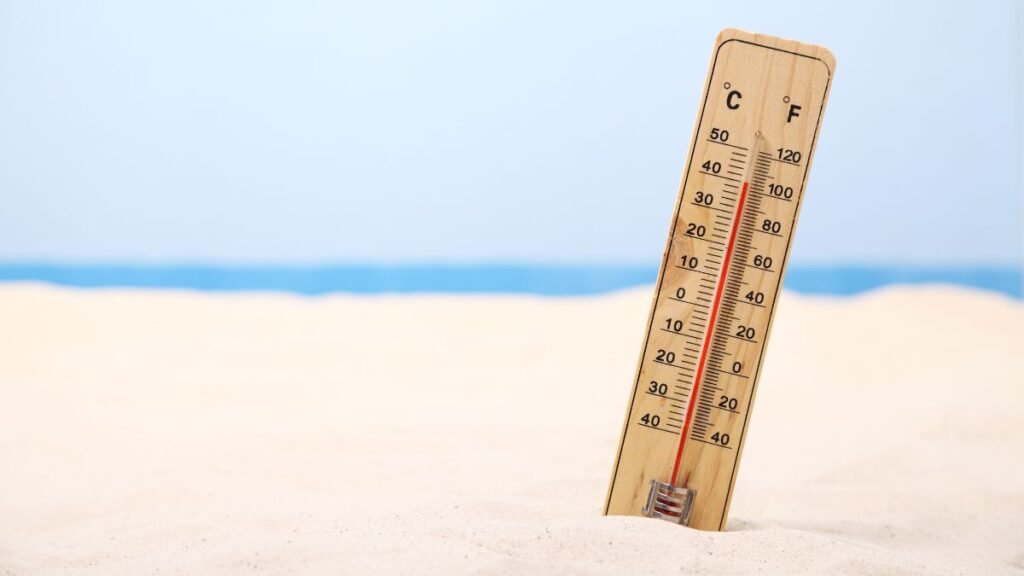
Month-by-Month Breakdown of Weather, Events, and Activities
| Month | Weather | Key Events & Festivals | Best For |
|---|---|---|---|
| January | Wet season (humid, frequent rains) | New Year’s Eve Parties, Galungan (Balinese festival) | Yoga retreats, spa days, cultural experiences |
| February | Rainy but lush landscapes | Chinese New Year celebrations | Budget travelers, waterfall hikes, temple visits |
| March | End of wet season (hot & humid) | Nyepi (Balinese New Year) – Day of Silence | Quiet escapes, cultural experiences, fewer tourists |
| April | Start of dry season (warm, less rain) | Bali Spirit Festival (Yoga, Music & Wellness) | Yoga, trekking, diving season begins |
| May | Dry, sunny days | Vesak Day (Buddhist celebrations) | Surfing season begins, digital nomads arrive |
| June | Peak dry season (warm & breezy) | Bali Arts Festival (June–July) | Surfing, cultural festivals, waterfalls at best flow |
| July | Warm, little to no rain | Kite Festival, Ultra Beach Bali | Best beaches, family vacations, adventure sports |
| August | Peak season (busy but perfect weather) | Indonesian Independence Day (August 17) | Best time for honeymooners, diving & snorkeling |
| September | Start of shoulder season (less crowded) | Ubud Writers & Readers Festival | Best for couples, fewer tourists, mild temperatures |
| October | End of dry season (hot & humid) | Bali Vegan Festival, Ubud Food Festival | Foodies, budget travelers, surf season moves east |
| November | Start of wet season (rainy but warm) | Bali International Film Festival | Nature lovers, fewer crowds, rainforest hikes |
| December | Rainy but festive atmosphere | Christmas & New Year’s Celebrations | Luxury travelers, wellness retreats, indoor activities |

Best Time for Specific Travelers & Interests
✅ Digital Nomads: May–September
- Best for reliable Wi-Fi, coworking spaces, and long-term stays.
- Avoid December–February when rains can cause power outages.
✅ Families: June–August
- Dry weather makes beaches, hikes, and outdoor activities more enjoyable.
- Many resorts have kid-friendly activities and family vacation deals.
✅ Surfers: April–October (Dry Season, West Coast Swells)
- Uluwatu, Padang Padang, and Canggu have world-class waves.
- November–March shifts best waves to the east coast (Nusa Dua, Keramas, Sanur).
✅ Budget Travelers: November–March (Wet Season)
- Fewer tourists = cheaper flights, discounted hotels, and lower excursion prices.
- Avoid December’s holiday price hikes.
✅ Nature & Adventure Seekers: March–July
- Rainy season (December–March) makes waterfalls more spectacular.
- Mount Batur sunrise hikes and rice terraces in Sidemen are at their greenest in May–July.
Bali’s seasonal shifts offer something special year-round—whether you’re seeking the perfect surf, immersing in Balinese culture, or escaping into nature, there’s an ideal time for every traveler.
Packing Tips by Season: What to Bring for Every Bali Climate
Packing for Bali depends on the season, as weather conditions vary between the dry and wet seasons. Whether you’re visiting in peak summer, the monsoon months, or shoulder seasons, bringing the right essentials can make your trip more comfortable.
Packing Essentials for Bali’s Dry Season (April–September)
✅ Lightweight, Breathable Clothing – Temperatures range from 27–32°C (81–90°F), so pack cotton and linen clothes that keep you cool.
✅ Swimwear & Beachwear – Perfect for beach days, surfing, and resort lounging.
✅ Sunglasses & Hat – The sun is strong—protect yourself, especially at the beach and while sightseeing.
✅ High SPF Sunscreen (Reef-Safe) – Avoid sunburns and protect Bali’s marine life with eco-friendly sunscreen.
✅ Comfortable Sandals & Flip-Flops – Ideal for walking around temples, beaches, and cafes.
✅ Hiking Shoes – If you plan to hike Mount Batur, explore waterfalls, or visit rice terraces, bring proper footwear.
✅ Reusable Water Bottle – Stay hydrated in Bali’s tropical heat and reduce plastic waste.
✅ Evening Cover-Up (Light Jacket or Shawl) – While Bali is warm, mountain regions (Ubud, Munduk, Kintamani) can get cooler at night.
✅ Mosquito Repellent – While mosquito activity is lower in the dry season, it’s always best to be prepared.
Packing Essentials for Bali’s Wet Season (October–March)
✅ Waterproof Rain Jacket or Poncho – Sudden tropical showers can occur, so be prepared with waterproof gear.
✅ Quick-Dry Clothing – Avoid heavy fabrics that take time to dry in humid conditions.
✅ Waterproof Bag or Dry Bag – Keep electronics, cash, and valuables safe from rain or beach splashes.
✅ Umbrella – Helpful for both rain and sun protection.
✅ Mosquito Repellent with DEET – Mosquitoes are more active due to increased humidity.
✅ Light Sweatshirt or Long Sleeves – The combination of humidity and indoor air-conditioning can make evenings feel chilly.
✅ Hiking Shoes with Good Grip – Waterfall treks and jungle walks can get muddy and slippery.
✅ Sandal-Friendly Outfit – Streets in Bali flood easily during heavy rains, so avoid long pants or heavy shoes that can get soaked.
Packing for Specific Activities in Bali
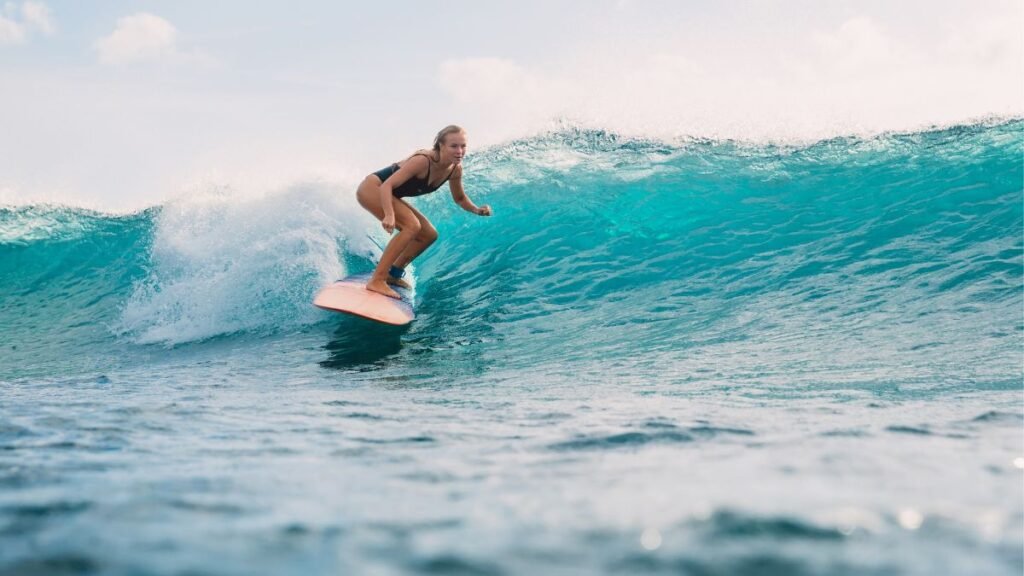
Surfing (April–October / West Coast & November–March / East Coast):
- Rash guard (sun protection)
- Waterproof sunscreen
- Quick-dry board shorts or swimsuit
Yoga & Wellness Retreats (Year-Round):
- Comfortable, stretch-friendly yoga clothing
- Travel-friendly yoga mat (optional)
- Journal for self-reflection
Adventure & Hiking (Best in Dry Season):
- Sturdy hiking boots
- Sweat-wicking socks
- Small daypack for essentials
Visiting Temples (Year-Round):
- Sarong (or borrow one at the temple)
- Modest, breathable clothing that covers shoulders & knees
- Slip-on sandals (you’ll remove them before entering temples)
Final Packing Tips for Bali
- Pack Light! Bali is hot, humid, and casual—heavy luggage is unnecessary.
- Buy Essentials Locally – Forgot sunscreen or mosquito repellent? Bali has plenty of eco-friendly stores to restock.
- Be Mindful of Bali’s Eco-Friendly Movement – Avoid plastic waste and opt for reusable water bottles, bamboo straws, and eco-friendly products.
With the right packing strategy, you’ll be comfortable, prepared, and ready to enjoy Bali no matter the season.
